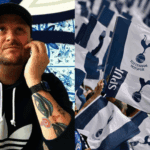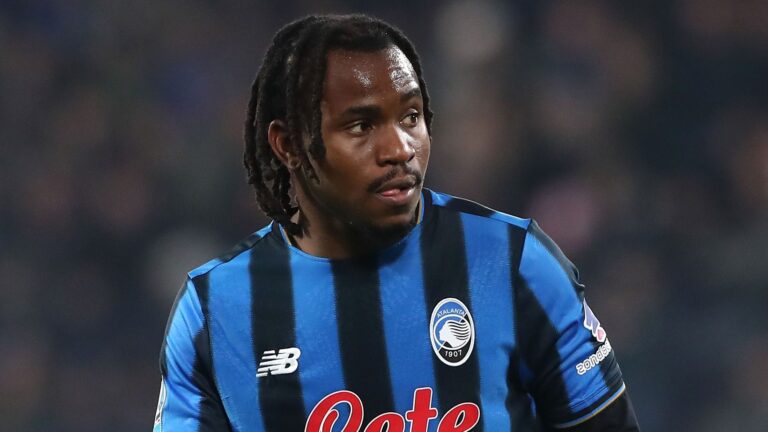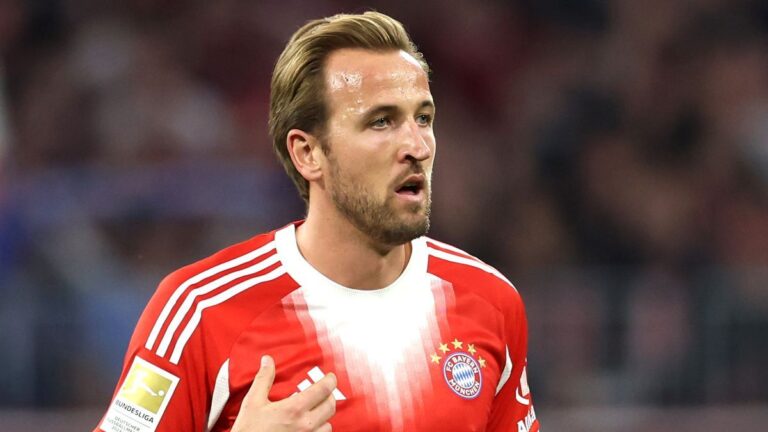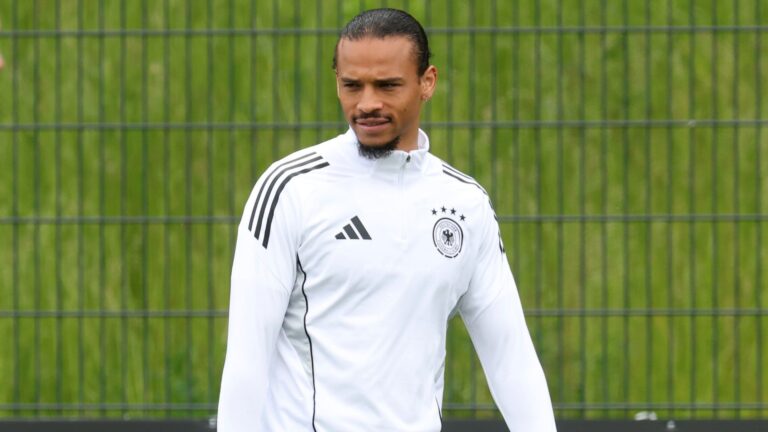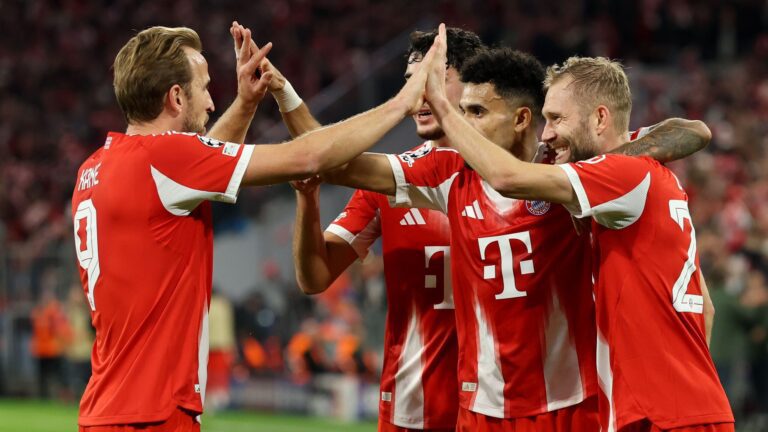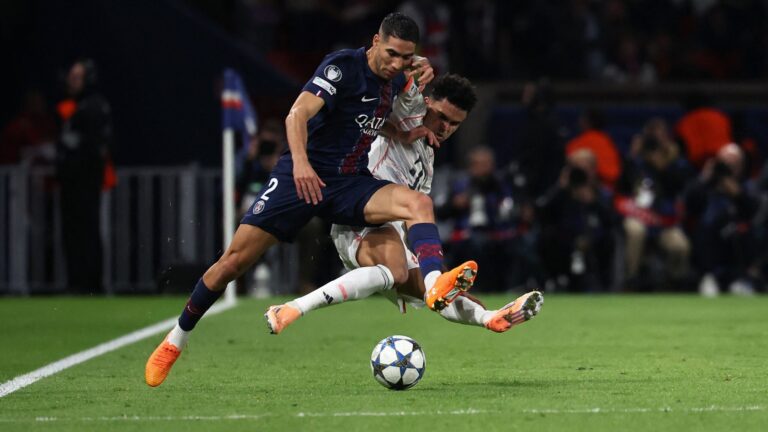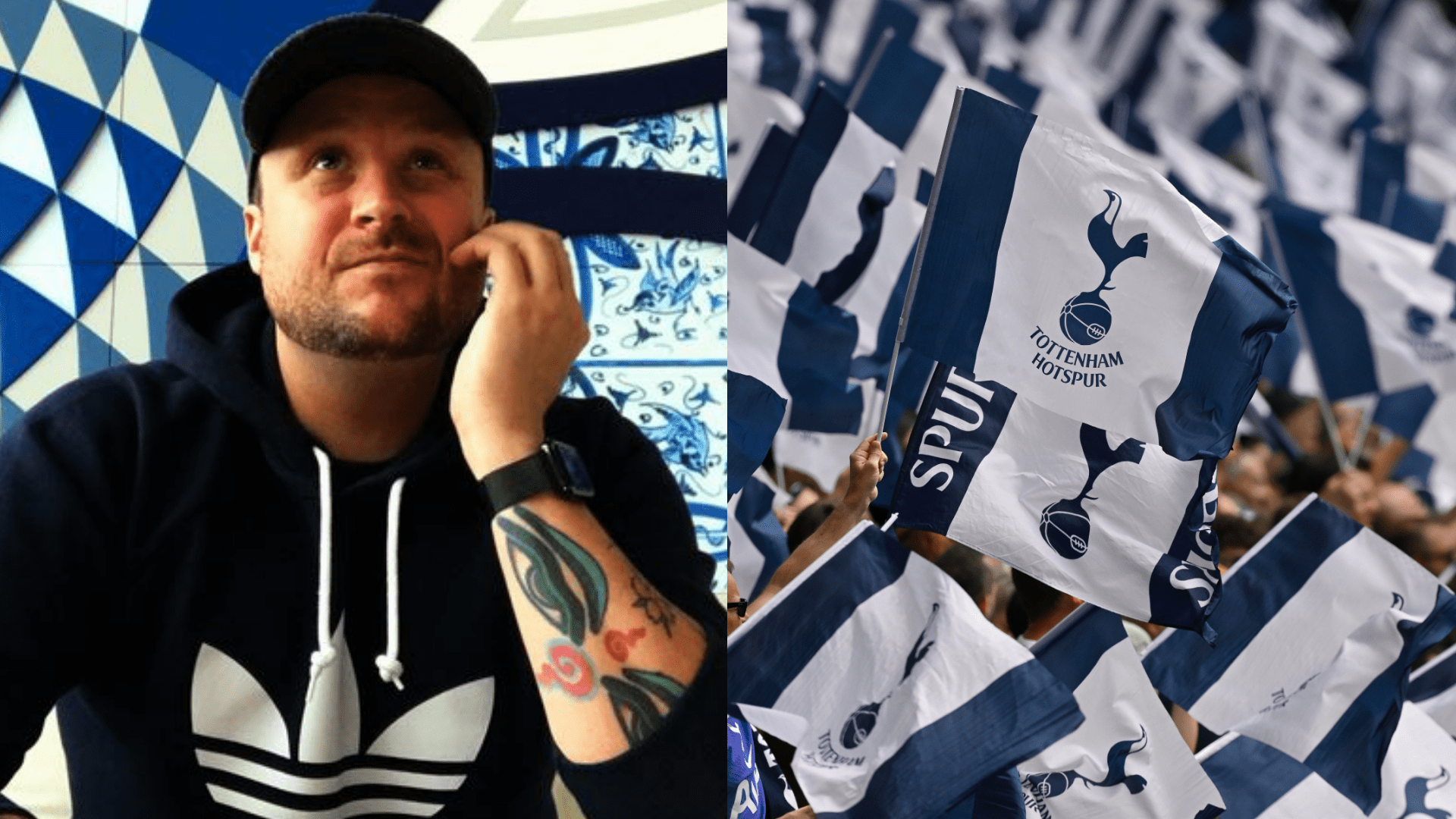
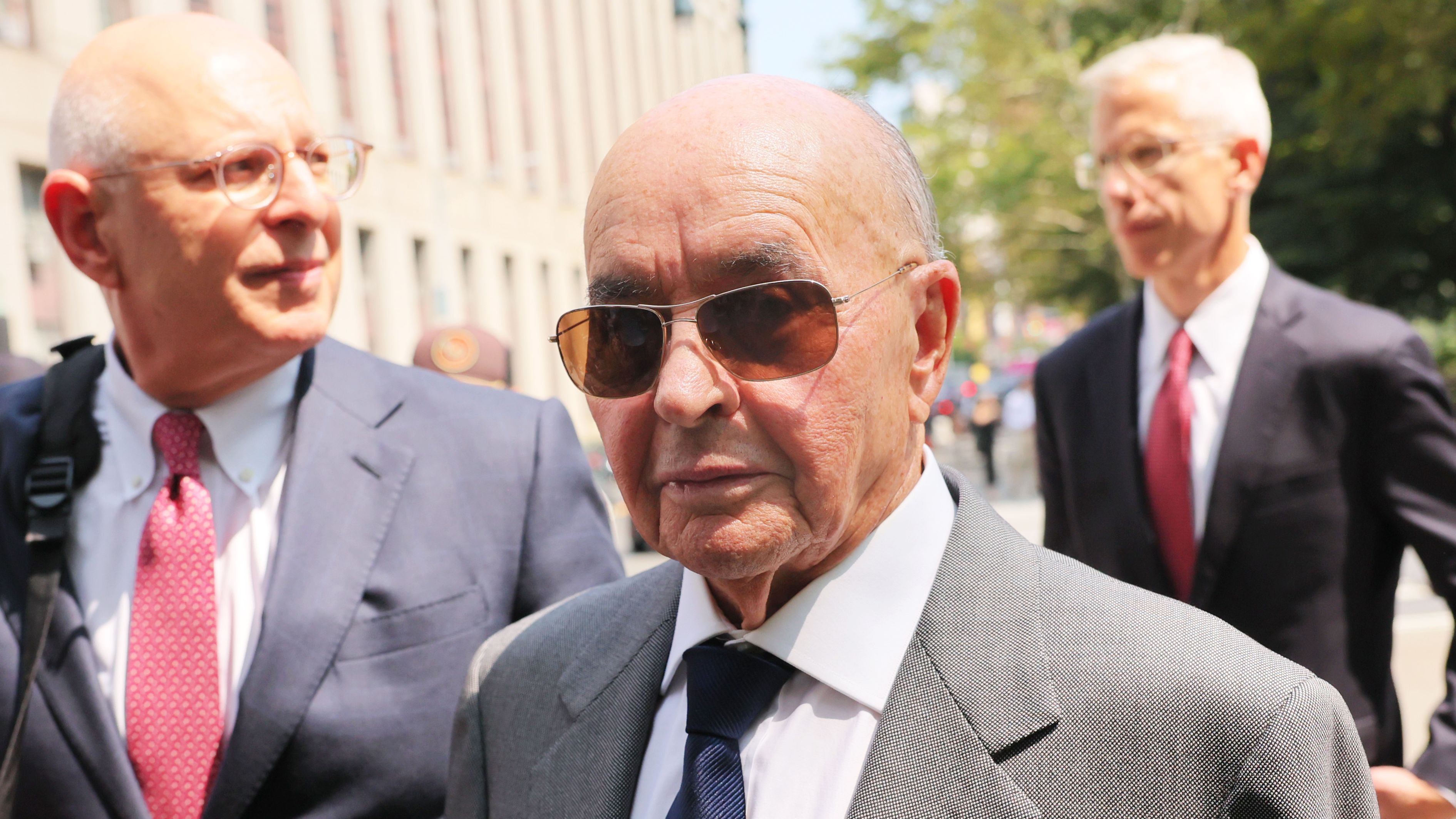
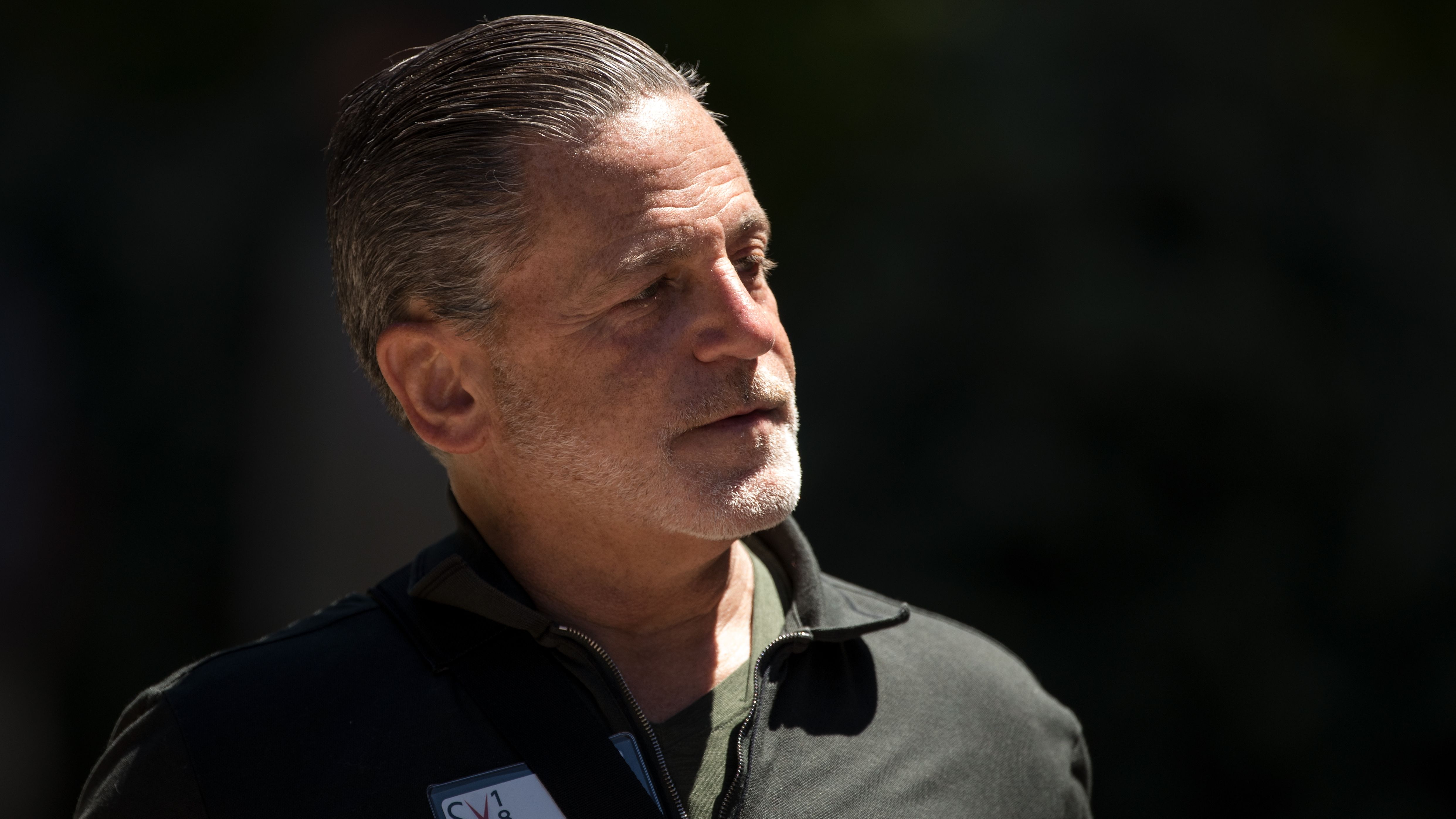
The Dramatic Withdrawal of Brooklyn Earick’s Tottenham Hotspur Bid
In a surprising turn of events in the world of football acquisitions, Brooklyn Earick and his ambitious pursuit of Tottenham Hotspur have captured global attention, highlighting the complexities of high-stakes club takeovers. This narrative unfolds as Earick stepped back from what could have been a landmark deal, underscoring the unyielding stance of the club’s ownership and the broader implications for sports investments.
Exploring the Bold Proposal from Brooklyn Earick
Earick presented an extraordinary financial package, totaling £4.5 billion, which encompassed £3.3 billion designated for acquiring the club alongside an additional £1.2 billion earmarked for player acquisitions and operational expenses. Even after numerous exchanges with Tottenham’s advisors, the owning family held firm against any transaction. Consequently, Earick made it clear through an official market disclosure that he would cease all efforts to advance the proposal, marking a pivotal shift in the negotiation process.
The Dynamics of Initial Negotiations
These early interactions revealed the intricate balance of power in major sports deals, where potential buyers must navigate ownership preferences and regulatory hurdles. Earick’s group engaged in detailed dialogues, yet the refusal to proceed with a sale highlighted how personal convictions can override lucrative offers, reshaping the landscape of football governance.
Tottenham Hotspur’s Response to the Bid Termination
The club formally acknowledged the conclusion of these talks and expressed gratitude to everyone involved for maintaining a professional demeanor. In their official release, the board of Tottenham Hotspur Limited stated: “The Board notes the recent announcements from the relevant consortiums, including those linked to Firehawk and Mr. Earick, indicating no intention to proceed with an acquisition.” They further appreciated the collaborative nature of the conversations and honored the family’s explicit declaration that the club remains off the market. As a result, the club has exited the formal offer phase as defined by the City Code on Takeovers and Mergers.
Key Elements of the Official Statement
This response emphasized appreciation for the respectful approach taken, while reinforcing the club’s stability and long-term vision, serving as a reminder of how established entities safeguard their autonomy in the face of external interest.
The Consortium’s Composition and Challenges
To support this ambitious endeavor, Earick assembled a coalition of 12 investors primarily from the US, with reported involvement from figures like NBA team proprietor Dan Gilbert. Nevertheless, escalating doubts and the owners’ unwillingness to engage led to the alliance’s decision to retreat. According to reports from sports outlets, preliminary discussions involved attorney Douglas Armstrong, after which Earick chose to disengage, illustrating the unpredictable nature of such ventures.
Overcoming Obstacles in Investment Alliances
This scenario mirrors the broader difficulties in forming international partnerships for sports acquisitions, where uncertainty can swiftly derail even the most promising collaborations, much like navigating turbulent financial waters to reach a secure harbor.
Future Prospects and Earick’s Final Remarks
Although Earick has pulled out, regulatory bodies have noted that his alliance retains the option to purchase shares moving forward, in line with established acquisition rules. Following his withdrawal, Earick shared a thoughtful statement: “Engaging with Tottenham Hotspur and the representatives of the Lewis family over the last several months has been an honor. I hold immense admiration for the club, its management team, and its fanbase, and I extend my best wishes for their continued prosperity.”
Reflections on Potential Comebacks
This development opens the door for future opportunities, showcasing how initial setbacks in high-profile bids can evolve into strategic reevaluations, much like a game plan that adapts after an unexpected challenge in a match.
Understanding Brooklyn Earick’s Background
Brooklyn Earick, a prominent figure in the world of business and investment, has recently made headlines in the football community due to his involvement in a high-stakes Tottenham takeover bid. Earick, known for his ventures in global finance and sports acquisitions, reportedly aimed to inject significant resources into Tottenham Hotspur, one of the Premier League’s top clubs. This move highlighted the growing intersection of sports and billion-pound investments, where individuals like Earick see opportunities in club management and fan engagement. While details about Earick’s motivations remain somewhat speculative, his withdrawal of the £4.5 billion bid has sparked discussions about the challenges of football club takeovers and the importance of due diligence in such deals.
In exploring Earick’s profile, it’s clear that his approach often involves seeking similar high-impact opportunities, such as those that could transform underperforming assets. According to various sources, Earick’s strategy mirrors that of other investors who prioritize long-term growth over immediate gains, emphasizing words like “identical” or “equivalent” strategies in their portfolios-drawing from a broader lexicon of investment terms[başvurmak:[başvurmak:https://www.thesaurus.com/browse/same]. This context helps explain why his bid withdrawal might represent a strategic pivot rather than a defeat.
The Details of the £4.5 Billion Tottenham Takeover Bid Withdrawal
The withdrawal of Brooklyn Earick’s £4.5 billion takeover bid for Tottenham Hotspur came as a surprise to many fans and analysts, marking a pivotal moment in the club’s recent history. Earick’s proposal was one of the largest ever attempted for a Premier League team, aiming to gain full control and potentially overhaul operations, including stadium upgrades and squad investments. However, internal complications, such as regulatory hurdles and valuation disputes, led to the bid’s retraction.
This event underscores the volatile nature of football takeovers, where even the most lucrative bids can fall through due to differing visions between parties. For instance, Earick’s team may have encountered unexpected barriers that made the opportunity less appealing, highlighting how “chance” or “prospect” in business deals can quickly turn into missed connections[başvurmak:[başvurmak:https://www.thesaurus.com/browse/opportunity]. The withdrawal not only affected Earick’s plans but also raised questions about Tottenham’s future direction, with keywords like “Tottenham takeover bid” and “withdrawing £4.5 billion” dominating sports news searches.
Key Points from Earick’s Statement
In his official statement following the withdrawal, Brooklyn Earick emphasized a mutual decision to step back, citing factors like market instability and the need for alignment with the club’s long-term goals. He stated, “After careful consideration, we’ve decided this isn’t the right path forward for either party.” This frank admission provided transparency, reassuring stakeholders that the move wasn’t driven by personal conflicts but by pragmatic business sense.
Earick’s statement also touched on the importance of diversity in investment approaches, noting how his vision differed from the current setup at Tottenham. By using phrases that convey “greater variation” in strategies, he subtly referenced the evolving landscape of sports investments[başvurmak:[başvurmak:https://www.thesaurus.com/browse/more-different]. For readers interested in football business, this offers valuable insights into how public statements can shape perceptions and maintain goodwill, even in withdrawal scenarios.
Club Owners’ Confirmation That Tottenham Is Not for Sale
Tottenham’s owners, including chairman Daniel Levy, quickly responded to Earick’s withdrawal by reaffirming that the club is not on the market. This confirmation came amid speculation that the bid had exposed vulnerabilities in the club’s ownership structure. Levy highlighted the stability of the current model, stating that Tottenham is focused on organic growth rather than external takeovers, which has been a cornerstone of their success in recent years.
This development reassures fans and investors alike, emphasizing the club’s commitment to autonomy. It’s a reminder that not all opportunities in football lead to changes, and sometimes, maintaining the status quo is the best strategy for sustainability.
Benefits and Risks in Football Takeovers
When examining events like the Brooklyn Earick Tottenham bid, it’s essential to weigh the benefits against the risks. On the positive side, successful takeovers can bring in fresh capital for infrastructure improvements, player acquisitions, and fan experiences, potentially elevating a club’s competitive edge. For Tottenham, this could mean enhanced global marketing or state-of-the-art training facilities. However, risks include cultural clashes, financial overextension, and fan backlash, as seen in other Premier League examples.
- Financial Boosts: New ownership often injects funds, leading to better squad depth and stadium enhancements.
- Strategic Growth: Takeovers can introduce innovative management, fostering long-term success.
- Potential Downsides: Overvaluation, as in Earick’s case, might lead to wasted resources and strained relations.
Understanding these dynamics can help stakeholders make informed decisions.
Practical Tips for Potential Football Investors
If you’re considering diving into football investments like a Tottenham takeover bid, here are some practical tips to navigate the process effectively. First, conduct thorough due diligence on the club’s financials and fan base to avoid surprises. Earick’s experience shows that rushing into a £4.5 billion deal without full alignment can backfire.
- Research Regulations: Familiarize yourself with Premier League rules and international laws to ensure compliance.
- Build Relationships: Engage with current owners early to gauge their willingness for change.
- Assess Market Opportunities: Look for signs of “parallel” investment chances, ensuring your bid stands out in a crowded field.
- Plan for Withdrawal: Have an exit strategy, as Earick did, to protect your interests if negotiations stall.
These tips, drawn from real-world scenarios, can make your investment journey more “varied” and resilient.
Case Studies of Similar Football Takeovers
Looking at past cases provides context for Brooklyn Earick’s withdrawal. For example, the 2021 attempted takeover of another Premier League club by foreign investors fell through due to regulatory issues, much like Earick’s situation. In that instance, the bid withdrawal led to internal reforms that strengthened the club’s position.
Another case is the successful acquisition of a rival team, where new owners transformed operations, boosting revenues and performance. These examples illustrate how withdrawal can sometimes be a blessing, allowing clubs to focus on core strengths. Earick’s move might inspire similar outcomes for Tottenham, emphasizing the need for adaptive strategies in football business.
First-Hand Experience Insights
From a broader perspective, individuals involved in sports investments often share that experiences like Earick’s highlight the emotional and strategic toll of high-stakes bids. One investor recounted how their own attempt at a club acquisition taught them the value of patience, noting, “You think you’re prepared, but the human element-dealing with owners and fans-can make all the difference.” This first-hand insight underscores the importance of empathy and preparation in navigating Tottenham-like scenarios, ensuring that future bids are more calculated and less prone to withdrawal.

